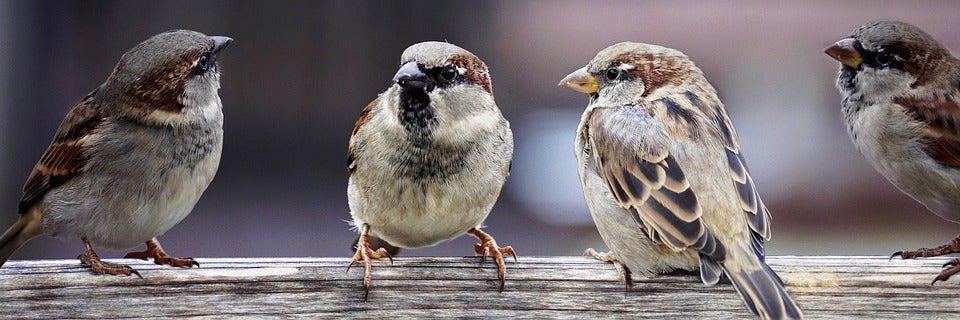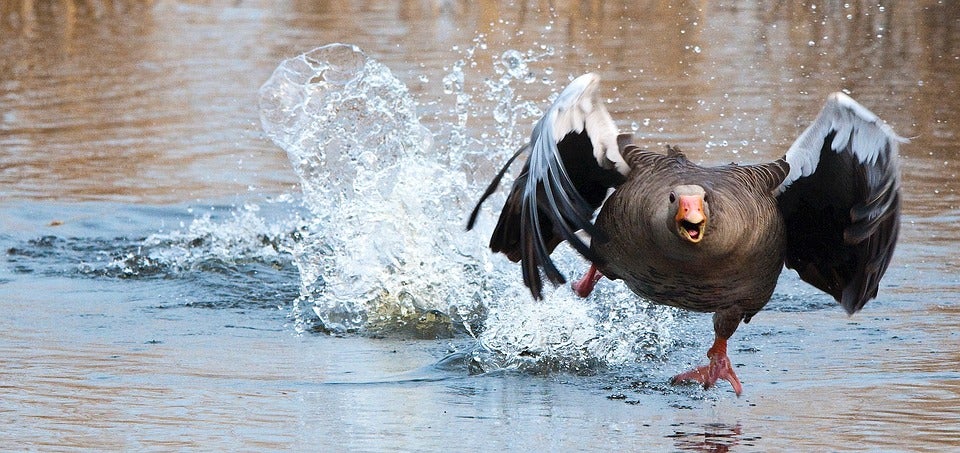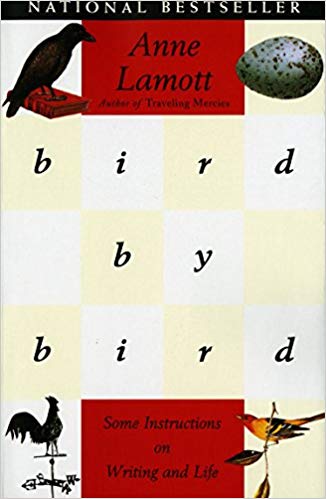Have you ever looked at a finished piece of writing and wondered how someone could ever write something that amazing? Have you ever looked at one of your own first drafts and wondered how it could ever be something worth reading? If you answered yes to either of these questions, then this is the blog post for you.
The truth is that people rarely write something worth reading on the first draft; it takes many revisions. Each previous draft gets hidden behind the shiny final copy, but not this time! Below you will find two copies of my blog post for the week, my “one” and my “done”.
Before doing this exercise, I never really thought about how vastly different first and final drafts could be. It’s easy to understand the need for changes in terms of grammar and formatting, but the difference in idea development is far more astounding. I started out thinking about driving and construction but ended up talking about birds. The basic message is the same, but the way of getting there is different. In the end, there is no secret on how to write flawless first drafts. Flawless first drafts do not exist. First drafts exist to be messy and terrible, not to be handed in after a first time through. Because first drafts will be revised, they give writers the freedom to ramble without fear of judgement.
I hope that this post has given you the encouragement you need to face the prospect of drafting that final paper, or at least given you a chance to laugh a bit at the horrific nature of my rough copy. I wish you the best of luck as you head into the final stretch of term paper terror! Remember, just take each assignment bird by bird.


